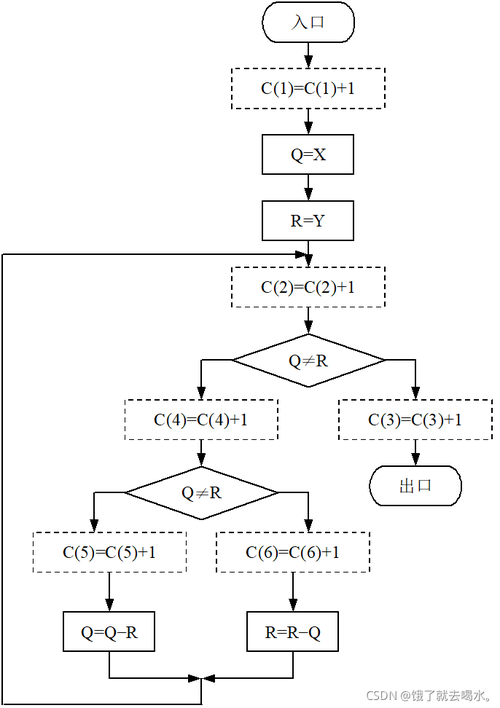Title: Understanding BAC Programming: Basics and Applications
BAC (Building Automation and Control) programming plays a vital role in the efficient operation and management of building systems. Whether it's controlling HVAC (Heating, Ventilation, and Air Conditioning), lighting, security, or other building functions, BAC programming ensures seamless integration and automation. Let's delve into the basics of BAC programming and explore its applications.
Understanding BAC Programming
What is BAC?
BAC, short for Building Automation and Control, refers to the technology used to automate and control various systems within a building. These systems include HVAC, lighting, security, fire safety, and more. BAC systems utilize sensors, controllers, and actuators to monitor and manage building functions efficiently.
Basics of BAC Programming
BAC programming involves writing code to control and coordinate the operation of various building systems. Here are some fundamental concepts:
1.
Protocols
: BAC systems often use standardized communication protocols like BACnet, Modbus, or LonWorks to facilitate interoperability between different devices and systems.
2.
Controllers
: BAC controllers are the brains of the operation. They receive input from sensors, process data, and send commands to actuators to achieve desired outcomes.
3.
Schedules
: BAC programming allows for the creation of schedules to automate tasks such as temperature control, lighting adjustments, and equipment operation based on time or occupancy.
4.
Algorithms
: Advanced algorithms may be employed to optimize energy usage, maintain comfort levels, and ensure the efficient operation of building systems.
5.
Integration
: BAC systems often integrate with other building management systems (BMS), allowing for centralized monitoring and control of multiple buildings or facilities.
Applications of BAC Programming
1.
Energy Management
: BAC programming enables the implementation of energysaving strategies such as load shedding, demand response, and occupancybased control to reduce energy consumption and costs.
2.
HVAC Control
: Precise control of HVAC systems is essential for maintaining comfort levels while minimizing energy usage. BAC programming allows for the coordination of heating, cooling, ventilation, and humidity control based on occupancy and environmental conditions.
3.
Lighting Control
: BAC systems can adjust lighting levels based on natural light, occupancy, or time of day to optimize energy efficiency and create comfortable lighting environments.
4.
Security and Access Control
: BAC programming integrates security systems such as access control, surveillance cameras, and intrusion detection to enhance building security and safety.
5.
Fault Detection and Diagnostics (FDD)
: BAC programming can incorporate FDD algorithms to detect equipment faults or performance issues, enabling proactive maintenance and minimizing downtime.
6.
Occupant Comfort
: By monitoring factors like temperature, humidity, and air quality, BAC programming can ensure optimal conditions for building occupants, enhancing productivity and wellbeing.
Conclusion

BAC programming is the backbone of modern building automation and control systems, offering numerous benefits in terms of energy efficiency, comfort, and security. By understanding the basics of BAC programming and its applications, building managers and engineers can leverage this technology to create smarter, more efficient buildings for the future.
文章已关闭评论!
